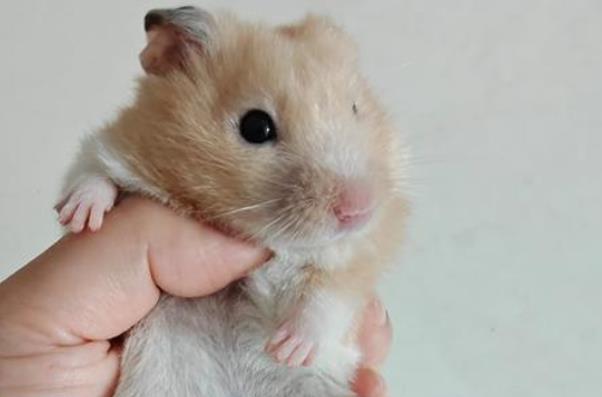Taxonomic Classification of Hamsters
Hamsters belong to the class Mammalia, order Rodentia, and family Cricetidae. They are a general term for various small rodent species under the subfamily Cricetinae.

Key Characteristics
1. Morphological Features
Body Shape: Short and stocky with a short tail (some species have tails only 7–106 mm long). Body length typically ranges from 10–20 cm, and weight from 30–1000 grams.
Cheek Pouches: Possess expandable cheek pouches on both sides of the face for temporarily storing food—earning them the nicknames “cheek mice” or “grain-carrying mice” (in reference to their habit of transporting food).
Fur Color: Diverse coloration, including common shades of gray-brown and sand-yellow, as well as artificially bred colors like “pudding” (light golden) and “milk tea” (warm taupe).
2. Physiological Habits
Nocturnality: Sleep during the day and are active at night, which conflicts with human daily schedules.
Solitary Nature: Strong territorial instincts; hamsters must be housed individually. Keeping multiple hamsters in one cage often leads to fights.
Aversion to Water and Light: Evolved from arid desert environments—require sand baths for cleaning instead of water baths.
Common Pet Hamster Species
Syrian Hamster (Golden Hamster): The largest common pet hamster species, known for its gentle temperament.
Campbell’s Dwarf Hamster (Three-Line Hamster): Includes color variants like “pudding” and “silver fox” (white with dark dorsal stripes).
Roborovski Dwarf Hamster (Robo Hamster): The smallest pet hamster species, characterized by high agility.
Relationship with Humans
Due to their small size, rapid reproduction rate, and interactive nature, hamsters have become popular pets worldwide. However, two key points require attention:
Short Lifespan: Typically 2–3 years.
Temperature Sensitivity: Thrive in environments with temperatures between 20–28°C (68–82°F); extreme temperatures can harm their health.
